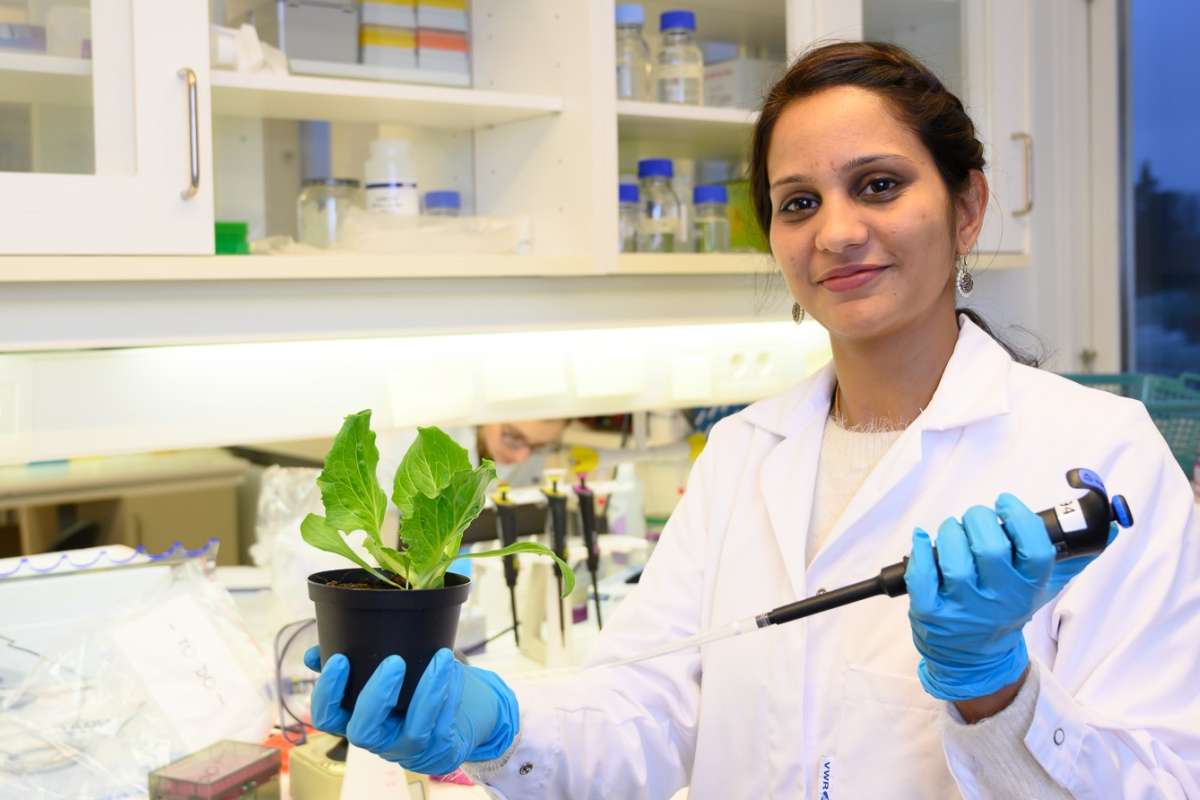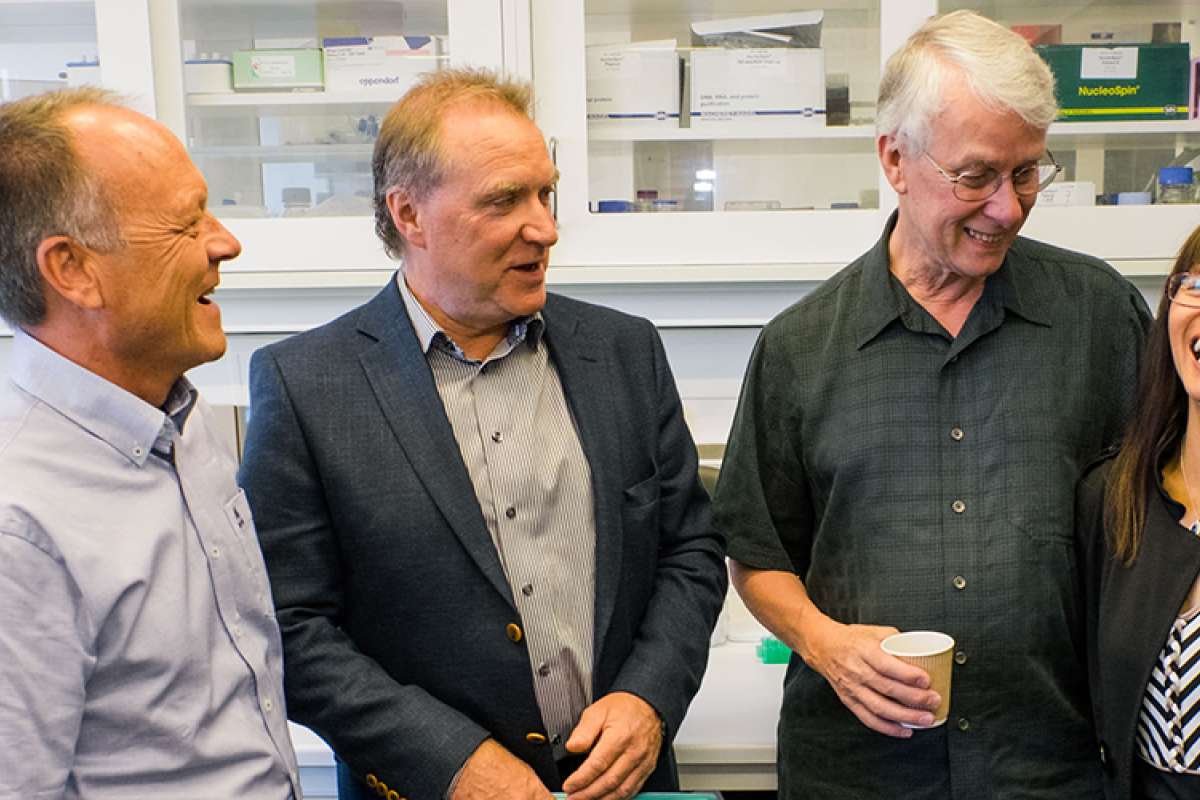Genetic technology: Healthy scepticism or outdated scaremongering?
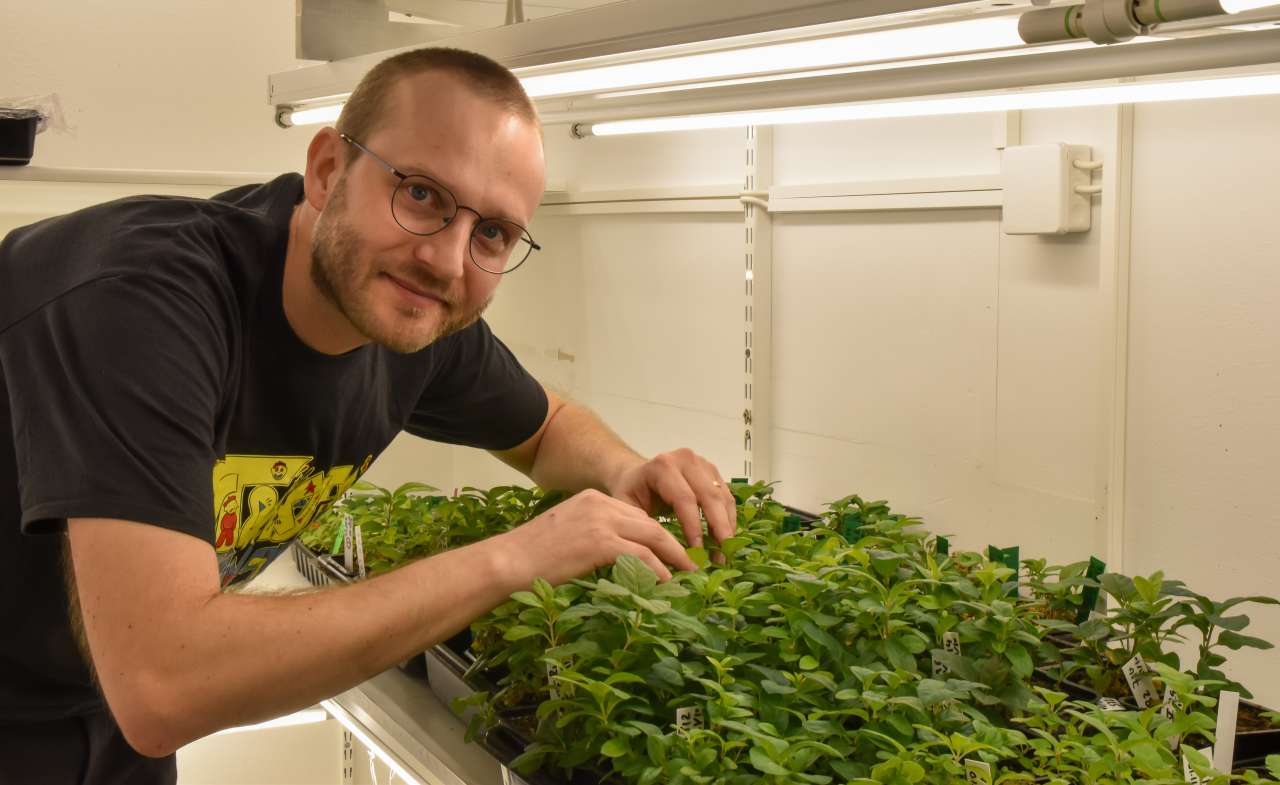
Sjur Sandgrind is a researcher in genetic technology at NIBIO. He believes that being able to use genetic technology like CRISPR could be of great benefit to society. "In today's situation with directives to reduce pesticide use, with more people on Earth, and with climate change, we could develop more sustainable plants with CRISPR," he says. Photo: Siri Elise Dybdal
Scientists believe that gene-editing technologies like CRISPR have the potential to foster more sustainable agriculture, enhance food security, and drive innovative climate solutions. However, the looming question remains: will they be permitted to utilise it? Answers may unfold as early as 2024.
The research community believes that gene editing technology, such as the CRISPR gene scissors, can help solve significant sustainability challenges, including those within food production. Now, as regulations on genetic technology are set to be reassessed in both Norway and the EU, researchers are hoping for a more scientific and evidence-based approach to the law.
Recently, 37 Nobel laureates and 1500 scientists signed an open letter to the EU Parliament requesting easing of the strict rules for adopting genetic technology. Among those who signed the petition were Norwegian professors and Nobel laureates May-Britt and Edvard Moser. Under current Norwegian and European law, gene-edited products are classified as GMOs. This means they must undergo a comprehensive and costly approval process, even though they are practically indistinguishable from conventional products.
Unchanged law for 20 years
Researchers at the Norwegian Institute of Bioeconomy (NIBIO) also hope for a relaxation of the law to enable the use of CRISPR to address challenges in agriculture, food security, and climate.
NIBIO already employs CRISPR in projects involving the shelf life of apples and lettuce, removal of plant viruses, and the development of potato varieties that are less susceptible to blight. However, positive findings cannot yet be utilised.
"An open hearing on the modernization of Norwegian genetic technology, which has remained unchanged since 1993 closed in February,” says Sjur Sandgrind, a genetic technology researcher at NIBIO.
EU is also in the process of making changes. Sandgrind explains that the law became stricter in the EU in July 2018.
"Nearly six years ago, a law was passed in the EU equating gene editing with GMOs. As a result, it became more difficult to introduce CRISPR products into agriculture," says the NIBIO researcher.
Sandgrind holds a PhD in plant gene editing from the Swedish University of Agricultural Sciences (SLU) in Skåne. He explains that the decision in the EU to change the law came just weeks before he was due to start his doctoral thesis.
"In Norway, we have had the same law all along, but in Sweden, agricultural authorities allowed almost unrestricted use of CRISPR. Only standard applications for small-scale field trials were required. The change in the law forced me to alter the method of my PhD thesis," he adds.
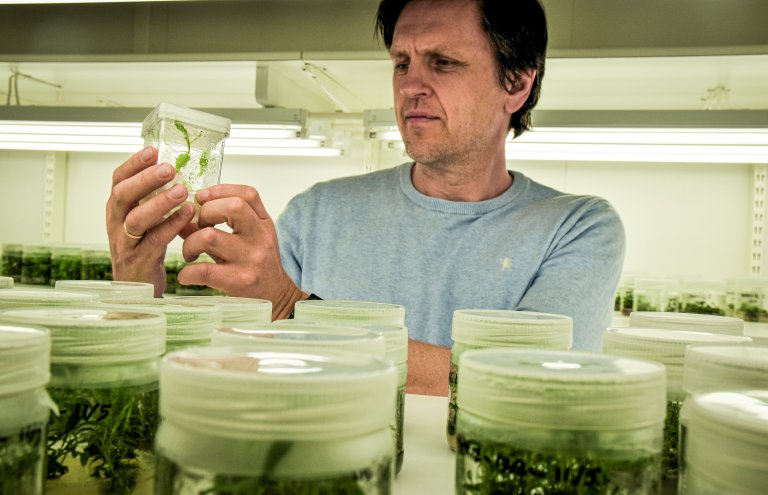
Faster and simpler
Sandgrind states that the general sentiment in the research community is that the legislation is outdated.
"There have been significant advancements in technology since 1993. Throughout Europe, there has been strict regulation against GMOs. The argument for the new tools, with CRISPR being the most well-known, is that they can be used without introducing foreign DNA. You can achieve the same outcomes with CRISPR as with traditional breeding methods, only faster and more precisely. Many of us believe it's not very practical to regulate such technology rigorously."
"CRISPR can, among other things, make plants more resistant to disease, remove toxic substances, and adapt them to meet climate change. There is a lot of research showing these applications," he explains.
"The potential benefits are significant, and you get results more easily and quickly. In today's situation with mandates for reduced pesticide use, a growing population, and climate change, CRISPR could help develop more sustainable plants. Many of us believe it's wrong to regulate based on the method. You can compare it to a hammer; it can be a useful tool, but it can also be used to harm someone. Most tools can be used for both good and bad purposes. It's the result that should be assessed for risk, not the method," Sandgrind emphasises.
The researcher says he hasn't seen any arguments for inherent riskiness with the technology itself.
"Today, we can have two plants that are completely identical - one is prohibited, and one is allowed. It seems unwise. So far, the legislation hasn't considered technological advancements and the potential usefulness of the technology when used properly," he adds.
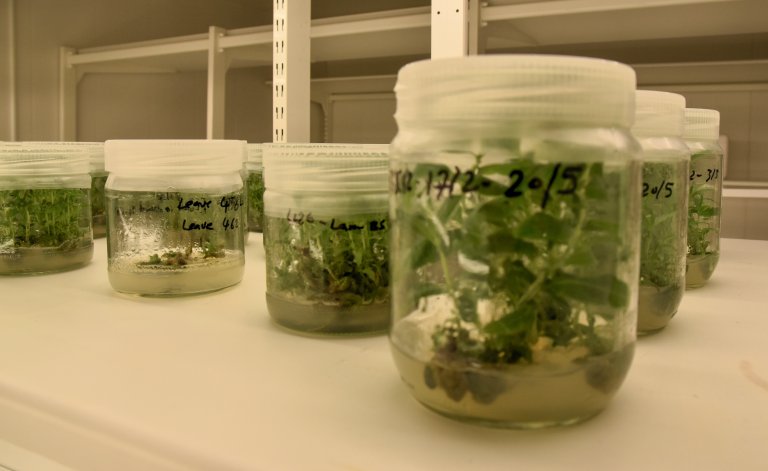
More resistant to disease
One of the areas that is heavily researched is improving disease resistance in plants.
"With CRISPR, you can selectively turn off genes that make a plant susceptible to disease. You can also turn off genes that produce substances you don't want. For example - when pressing rapeseed, you're left with a cake that is very nutritious but concentrated with bitter substances. Instead of this mass being usable for animal feed or human food, it must be discarded or diluted. With CRISPR, rapeseed plants have been developed with fewer bitter substances, so they can be used as animal feed."
He points out that modern agriculture is far from nature.
"What's important for a wild plant is to survive in nature. It's different from in food production. Wild plants produce toxins to protect themselves from insects and diseases. In food production, we want large seeds that are edible, easy to harvest, and don't have toxic substances. Wild plants have characteristics that are useful in the wild, but that we don't want in agriculture."
According to Sandgrind, all genes interact with other genes and the environment. If you turn off one process, there may be more of another product.
"That's why we need to investigate - we need research and testing. It's the same thing we do when we develop varieties. You don't always get the result you want right away. But that doesn't mean they're dangerous for that reason - plants don't produce new toxins or develop consciousness," he chuckles.
"A common thing we see is that plants don't grow as well when you've turned off a gene. CRISPR isn't a magic wand. However, it's interesting that tiny changes in the genetic material mean that plants can't be planted in the field, but you can bathe them in chemical solutions or expose them to radiation that gives thousands of mutations, which can then be planted. We've been doing this for a hundred years and we eat the products every day. We haven't seen any health risks, and this is widely accepted, but it's a cumbersome method. In principle, it's like shooting with a shotgun and hoping to hit. Today, it can take 10-20 years to develop new varieties. With CRISPR, you can dramatically reduce the time."
"Another point of letting researchers work with CRISPR is that we don't need ten years of projects and fifty people to develop varieties. It provides new opportunities for those of us funded by taxpayers. We have different incentives than the big agricultural actors, and we want to use genetic technology to develop new plant varieties that can benefit society."
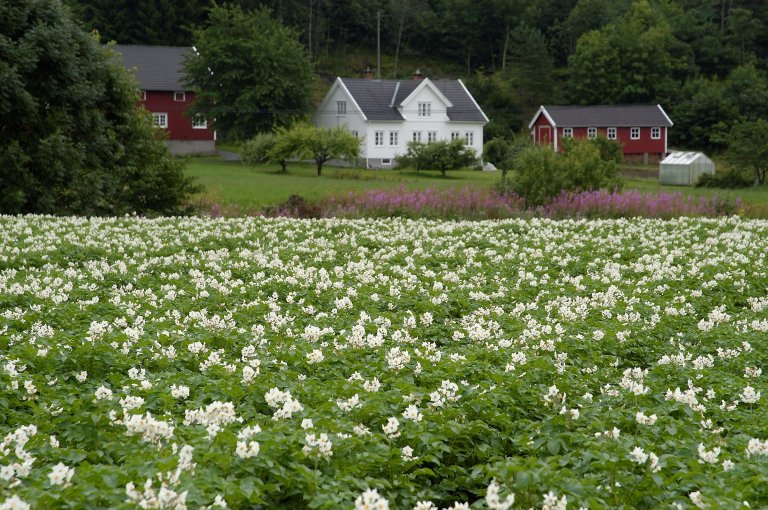
Saving the environment and economy
In January 2024, NIBIO launched a major project on potato late blight, using CRISPR in collaboration with Graminor, NMBU, and the University College of Innlandet. The goal is to make Norwegian potato varieties more resistant to late blight.
"Today, farmers have to spray a lot, and it can have implications for both health, the environment, and the economy. Even if we couldn't eradicate the problem with CRISPR, but only improve the situation slightly, it would have a significant impact on yields and how much pesticides are used. In Norway, we also have a unique climate and our own varieties. What is good for mountain villages in Gudbrandsdalen is not so interesting for those developing varieties in the Netherlands," he points out.
NIBIO is also working on improving resistance to scab in apples.
"Scab is the small black spots you see on apples. When apples get scab, they often get new diseases as well. Fruit growers then do not get the same price for the crop, or there is less yield.
"We are also looking at apple browning. Can we turn off the gene that causes apples to turn brown, so they can be stored better? People throw away a lot of fruit and vegetables because of browning. We have also started working on browning in lettuce and disease resistance in lettuce," he says.
Previously, only large companies have used genetic technology with their commercial interests.
"They may say they are concerned about a better world, but they need to make money and have developed pesticide resistance and more questionable things. By developing apples with better shelf life and potatoes that require fewer pesticides, we are doing something people see the benefit of. It is easier to see the value of avoiding more spraying and keeping food better on the kitchen counter. We want to show that CRISPR can be used for something concrete that is useful for Norway and Norwegian consumers," says the genetic technology expert.
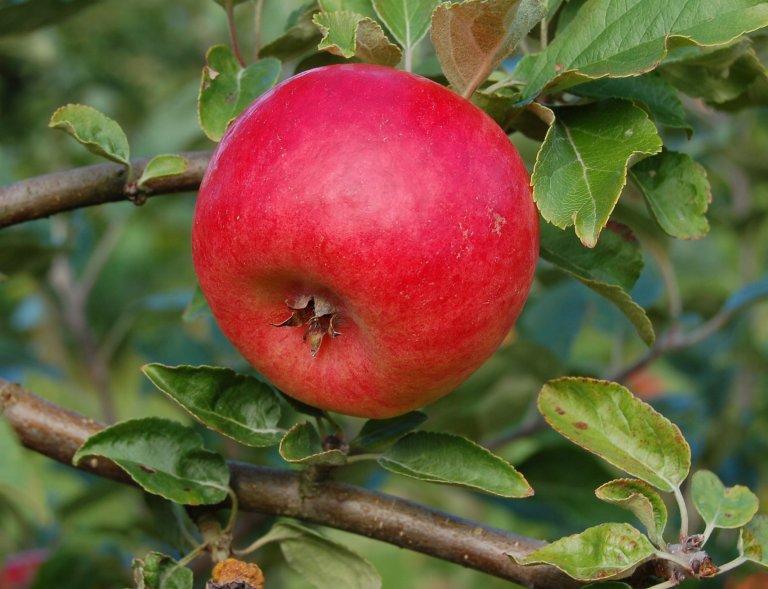
Important for developing countries
But Sandgrind emphasises that the technology is actually much more crucial on a global level than for Norway.
"In Norway we have a niche climate and don't produce terribly much plant-based food. We are also not the ones most severely affected by climate change and population growth. Here, we are used to finding everything we need in the store. Even though we see prices rising and complain about it, we are well off. There are few who go hungry. Therefore, the direct benefits are even greater for countries in other parts of the world. These countries are more vulnerable to climate change and are experiencing a drastic increase in the need for food production. They may also use more pesticides.
In countries where it's 40 degrees, drought, and heat, adapting food production can be extremely important, he says.
“Crop losses over several years in Africa and South Asia would be catastrophic. If climate change makes parts of the world nearly uninhabitable and we get 100 million people knocking on Europe's door because they can't produce food where they currently live, the situation becomes even more urgent. Genetic technology is now easier to use than before and can be applied to crops like millet and cassava, which are important in certain regions. These crops currently do not attract large investments. Therefore, the use of genetic technology will be even more crucial for them. Many of these countries also have a more positive view of this technology," Sandgrind informs.
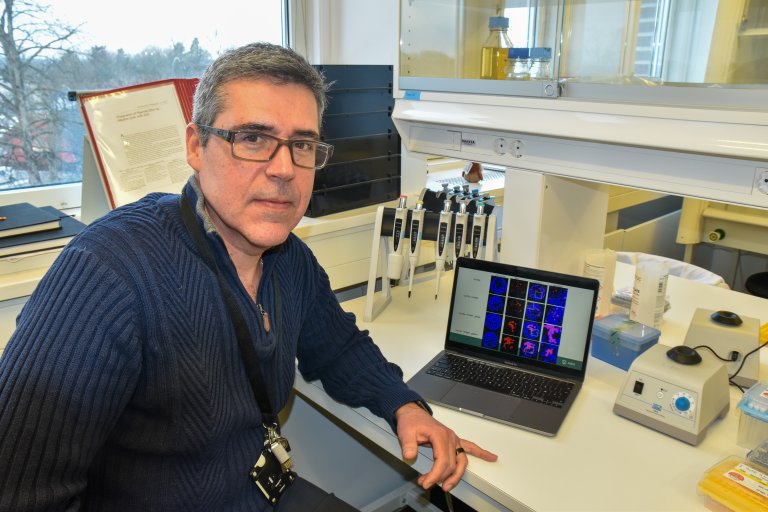
Remove virus
Carl Jonas Jorge Spetz at NIBIO studies plant viruses, among other things. He has used CRISPR in a project to learn more about a devastating virus in wheat.
"CRISPR can be used to remove viruses, kill viruses in cells, and produce clean plant material. When a plant is infected with a virus, it is very difficult and sometimes impossible to get rid of it.
"We have created our own CRISPR vectors and inserted them into plant cells in the hope that this will remove the virus. Theoretically, this is possible, but we are still at the experimental stage and do not yet know if we can achieve it.”
However, there are always challenges when seeking new solutions says Spetz:
"The biggest challenge lies in the diversity of viruses. There are thousands of them. Today, we use several different methods to try to remove viruses from plants, including meristem tip culture, cryopreservation, and heat treatment. Sometimes one of these methods works against one virus but not with others. The beauty of CRISPR is that it offers a single method to accomplish this. However, it's not entirely straightforward; there are many variables involved that we need to consider and adjust."
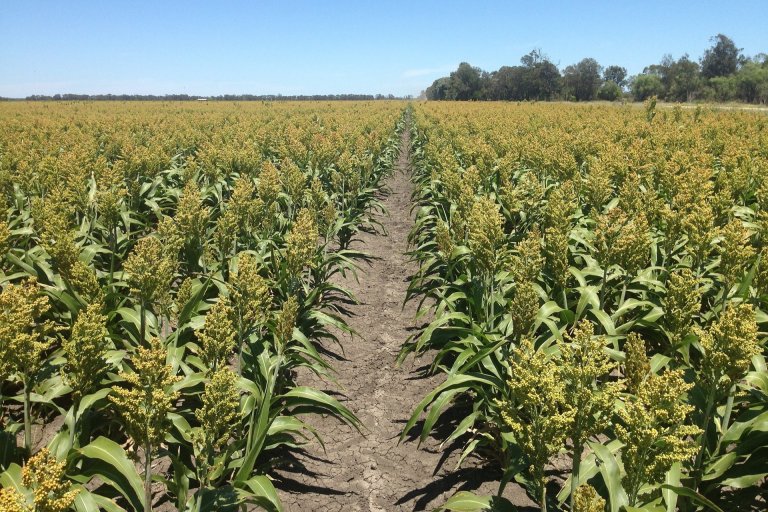
Tool in the fight against climate change
Spetz also believes it is important to emphasise that CRISPR and genetic technology are versatile tools that can be used for various purposes beyond gene editing. This includes initiatives in green technology aimed at increasing carbon capture.
"The risk is minimal, and gene editing has enormous potential to address various challenges in agriculture and environmental conservation. Ultimately, gene editing, including CRISPR, offers innovative solutions to improve food security, sustainability, and human health.
"It can be used to detect viruses within cells and to engineer plants with specific traits, such as increased sugar content," he explains.
"But I believe that the real value of genetic manipulation lies not in resilient plants, but in our ability to develop plants with various biosensors - for example, plants that can detect high carbon dioxide emissions. It would be a complete GMO but consider the value it could have. It could make our lives greener. Through genetic technology, we might be able to stop using plastics, we can stop using minerals. We can have plants that can detect human viruses. Imagine having an oregano plant. When you feel sick one day, you take a leaf and bite into it. If it changes colour, you're sick. There are countless things we could do if we were allowed," says Spetz.
However, he underlines that using CRISPR to remove viruses is not GMO.
"But GMOs are legal in many of the countries we buy goods from, such as Argentina and the US, so we have most likely already eaten it. In medicine, GMOs are already widely used. For example, insulin is GMO.
"In general, we are afraid of GMO plants. I think people are worried that it will harm them if they eat it. Others believe in cross-pollination; they believe that if you plant a crop, a seed will cross with a native seed and kill everything.
Spetz points out that this is not the case and that the problem is probably partly created through misunderstandings.
"We scientists are very careful about what we say. So, when someone asks if GMOs are completely safe, we answer that they are 99% safe. So, we give a margin of 1%. But then some people take that as if there is a risk, and it has been exploited by various interests," Spetz concludes.
Contacts
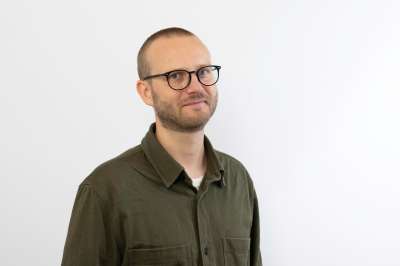
GENE MODIFICATION AND GENE EDITING
Gene modification and gene editing are methods where genetic technology is used to alter the genetic material of an organism, which can, for example, provide plants with resistance to pests and fungal diseases, increased shelf life, or higher nutritional content.
In gene modification, often referred to as traditional GMOs, a gene from another organism that codes for the desired trait is inserted at random locations in the genetic material.
In the most common form of gene editing, small and precise mutations are made that could occur naturally without the insertion of foreign DNA.
Gene editing can also be used to insert DNA from foreign organisms, but unlike gene modification, this can be done in a targeted manner.
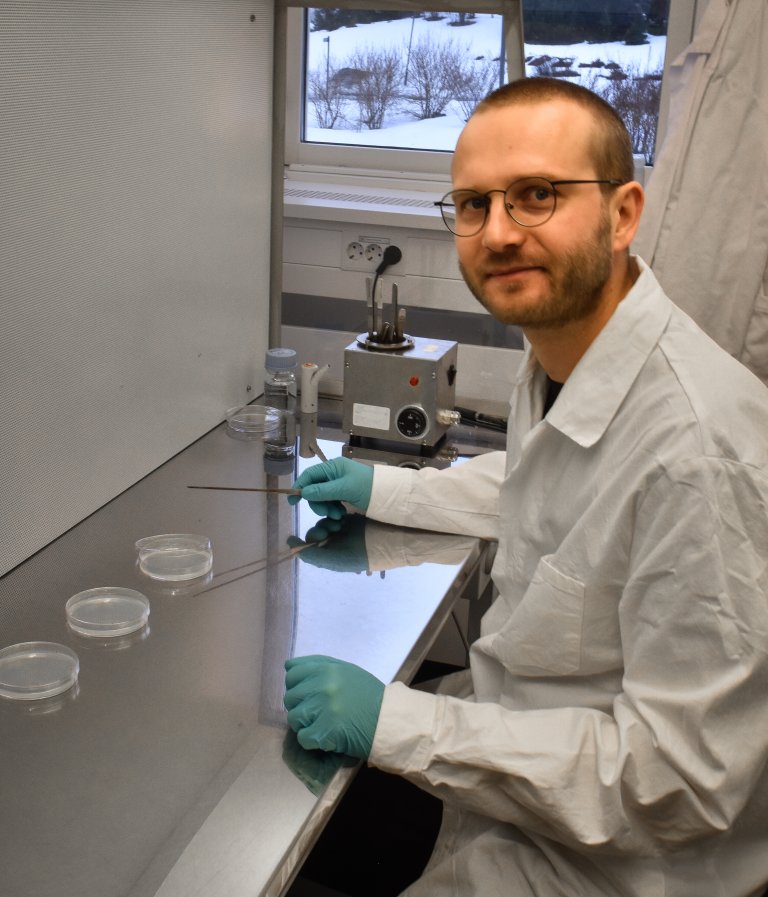

.jpg)
.jpg)
Contacts


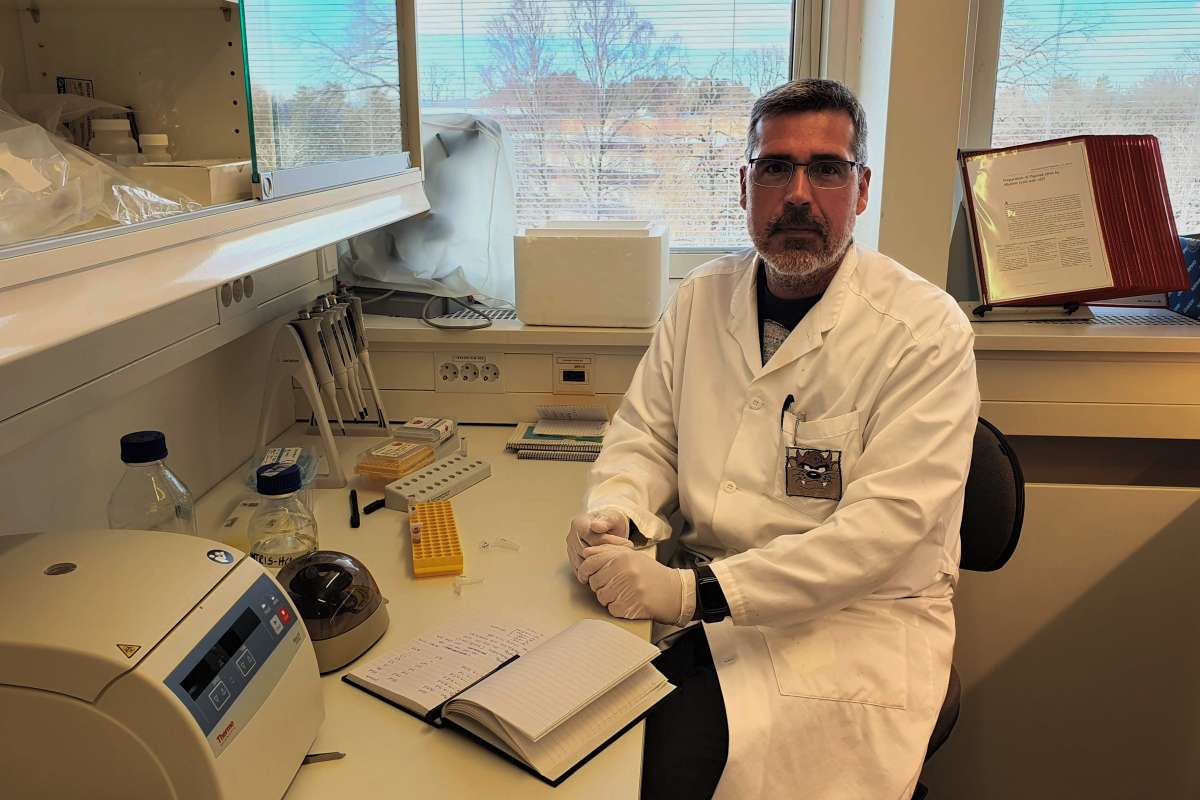
.jpg?quality=60)
